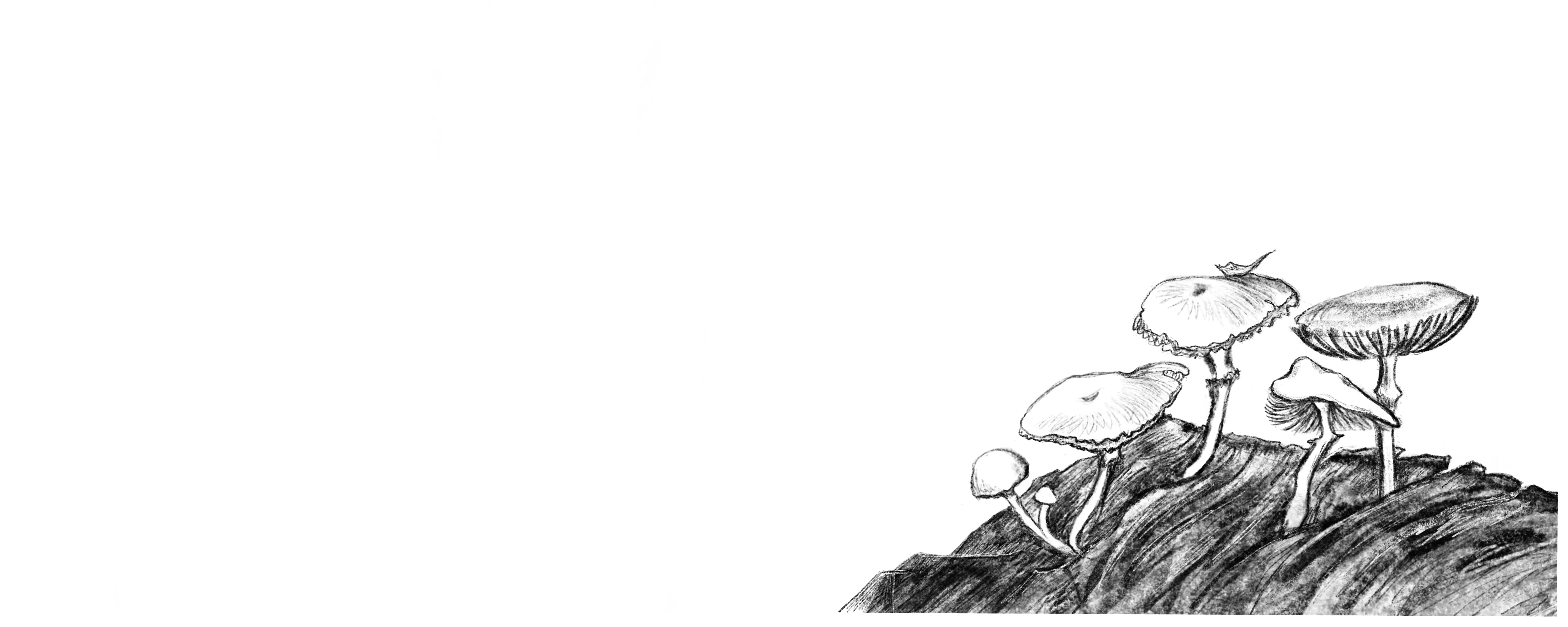
Forest of Words
Forest of Words
We study verbs using three sheets double-sided. At first, they seem overwhelmingly numerous, but then I start to look calmly and recognize words. I translate them and jot down the meanings in the margins.
Between “at græde” [to cry] and “at glæde” [to make happy], there’s just one letter’s difference. Confusing these can lead to amusing situations, such as intending to express joy but ending up referring to tears instead. While writing a sentence, I realized I had mixed them up. I had to change “joy” to “tears”; it would have been better to do the opposite.
We place special emphasis on adjectives. This part of speech enlivens sentences, adding expressiveness and richness. (Of course, verbs play an important role, but even they make way for these vibrant elements.)
We group families of synonyms and separate them with lines, contrasting antonyms, as if enclosing them with a fence-line.
Sometimes, upon encountering a word, we intuitively understand its meaning in context but can’t pinpoint its exact translation. We consult ChatGPT (since Google Translate isn’t always accurate in Danish) with questions about homonyms, such as the word “let,” which means both “easy” and “light.” Chat generates the sentence: “Det er let at lære dansk!” (It’s easy to learn Danish!). I show it to those sitting nearby, and soon, waves of laughter ripple through the classroom.
The road ahead is long, and our pockets are empty. With enthusiasm, we collect everything along the way: berries, pinecones, and curious branches in the wild forest of an unknown language. It’s a place we’ve never visited before, and everything around seems amazing and magical! This is just the beginning; many challenges lie ahead. For now, we carry baskets full of discoveries: our findings are raw and unrefined; we need to polish them with grammar to make them applicable in real life.
